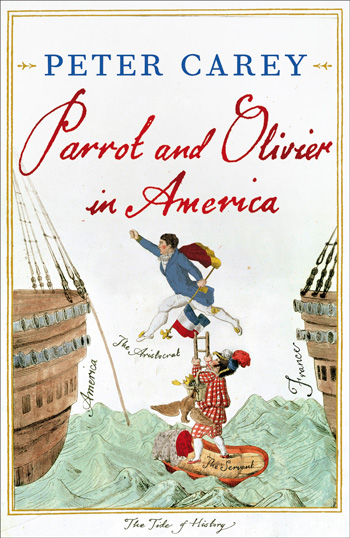This story narrates the life of Janie, an African-American woman growing up in Florida in the early 20th century. Yes, it was an era when racism was rife, and racism shapes the paths of her life in a thousand explicit and implicit ways, but this isn't primarily a story about racism: it's about a woman finding the courage to pursue what makes her happy, even as social norms and customs work actively to thwart her. In Janie's case, all she wants is not to have to pretend to be something she's not. Discarding husbands along the way, she finally finds happiness with a man years younger than herself - a fitting match(at last) for her young soul. In this era of modern, self-realized feminism, her patient acceptance of unhappiness, exploitation, and abuse may grate, but I believe Hurston is doing no more than painting Janie's story with the colors of her own life and times.
At the time it was published, I gather this book was not well received by Hurston's Harlem peers. I see their point (or I think I see it) - many of the secondary characters in the tale seem plucked straight out of a "common black stereotypes" casting call. There's her second husband, the Carpetbagger, fast-talking and slick and not above exploiting his fellow African-Americans; her best friend, the Patient Black Woman selflessly putting everyone else's happiness before her own; her third husband, a happy-go-lucky Mr. Bojangles; and a whole posses of straw-chewing, tall-tale-telling Old Black Men gathered wherever there's a porch and a checkerboard to host them. Again, I think this is just Hurston painting with the palette she knows, bravely (much like her heroine Janie) writing what made her happy rather than what her peers thought she ought to be writing.
Another criticism I've heard of the book is that Hurston's use of dialect can make this a slow read. For that reason I deliberately listened to it as an audiobook, narrated by actress/poet/journalist/civil rights activist Ruby Dee. Through her interpretation, any barriers between the reader and the language quickly melts away in a flood of appreciation for the uniquely authentic and evocative speech patterns and lyric metaphorical allusions employed by Hurston's rich and complex subculture. Seriously, some of the figurative language is so stunningly expressive, at times I had to stop reading and just pause to appreciate it.
As for that title, "Their Eyes Were Watching God" ... I suppose you could interpret it a lot of ways. Based on the context in which it is used in the story, though, I think it's meant to communicate the profound fragility of the lives these characters lead. None of us control our destiny, but surely this is even more profoundly true of African-Americans in mid-20th century U.S. Characters like Janie and Teacake may possess internal strength, but each of them accepts without question that they are creatures of fickle and unjust fate. What, then, to do, but embrace the moments of happiness God grants them, understanding that at any time - for reasons they will never be able to predict, control or comprehend - He may pull the rug out from under them?
I hope this review encourages others to give this a read, and I especially encourage book clubs to consider adding this to their reading lists. There's so much here to discuss, ponder, and appreciate.





















